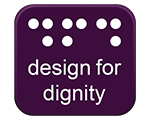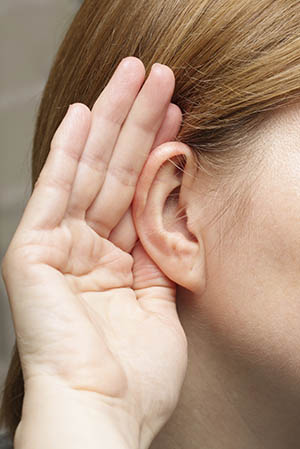Design For Dignity
Retail Guidelines





People who are deaf or hard of hearing may use a hearing aid, may lip read or may use sign language to communicate. It is estimated that over three million people in Australia have some kind of hearing impairment. A small percentage of people who are deaf use AUSLAN (Australian Sign Language) and may need an AUSLAN interpreter to assist them in conversation.
“Assistive Technology” such as hearing aids, hearing loops or FM systems may help some people who are hard of hearing to participate in conversations more effectively.
“Sometimes I have to tell shop assistants that I'm deaf and need a pen and paper to communicate. It's great when they take the time to support me.”
Some people who are deaf or hard of hearing may be accompanied by a hearing dog. You should treat the dog the same as you would any other assistance animal, and don't pat or distract it in any way.
Some customers who are deaf or are hard of hearing may also have a speech impairment, may not speak as clearly as other people, or may not speak at all.